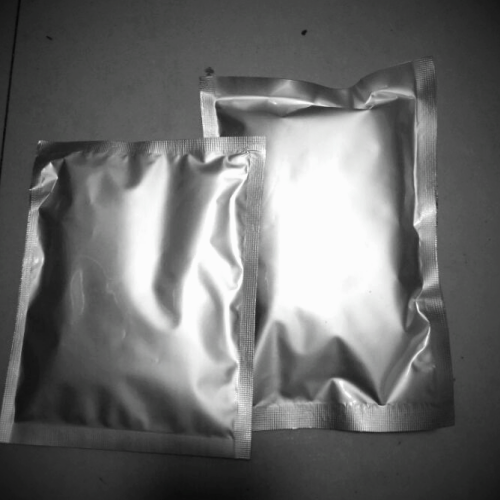Buy Olanzapine (Zyprexa) Drug Powder Raw Antipsychotic Medication For Schizophrenia and Bipolar Disorder Online CAS 132539-06-1
Olanzapine Specification
Product Name: Olanzapine
CAS: 132539-06-1
Level: Pharmaceutical grade
Content: 99%
Appearance: yellow powder
Packing: 1KG/aluminum foil bag
Category: Pharmaceutical Raw Materials
Field: Spirit Drugs
Deferred products: Olanzapine tablets
Use: It can be used for the treatment of schizophrenia and other psychotic disorders with severe positive symptoms and/or negative symptoms. It can also alleviate the secondary emotional symptoms of schizophrenia and related diseases.
Dosage: Schizophrenia: The recommended starting dose of olanzapine is 10 mg/day, once daily, and has nothing to do with eating. In the treatment of schizophrenia, the daily dose may be adjusted to 5 to 20 mg/day depending on the patient’s clinical status. It is recommended that after appropriate clinical evaluation, the dose can be increased to a conventional dose of 10 mg/day, and the dosing interval should not be less than 24 hours. The dose should be gradually reduced when olanzapine is stopped. Manic episodes: The starting dose is 15 mg daily for a single dose and 10 mg daily for combination therapy
What is Olanzapine?
Olanzapine (Zyprexa) is an antipsychotic medication used to treat schizophrenia and bipolar disorder. It is usually classed with the atypical antipsychotics, the newer generation of antipsychotics. It appears to have slightly greater effectiveness in treating schizophrenia (especially the negative symptoms) and a lower risk of causing movement disorders than typical antipsychotics. Olanzapine, however, has a higher risk of causing metabolic side effects like weight gain and type 2 diabetes than the typical antipsychotics.
Olanzapine is believed to work by blocking, or antagonizing, the dopamine D2 receptor, an effect it shares with most antipsychotics. Like most other atypical antipsychotics, olanzapine also strongly antagonizes the 5-HT2A receptor, which may partially underpin its reduced propensity for causing movement disorders


